The phrase Pura Vida has been adopted wholesale in Costa Rica and you can see it spray-painted onto walls, adorning t-shirts and in advertising campaigns on TV. It literally means pure life, but could perhaps be more accurately translated as living the good life, something we thought we should investigate while in Costa Rica.
That said, our first experience of Costa Rica wasn’t exactly encouraging. Standing in a queue at Panamanian immigration at the Guabito border crossing we looked in slight disbelief at the rickety bridge over a wide river leading towards Costa Rica and had to double check that this was the official border crossing. Once across the bridge we queued again at Costa Rican immigration before being whisked off in a minibus towards Cahuita.
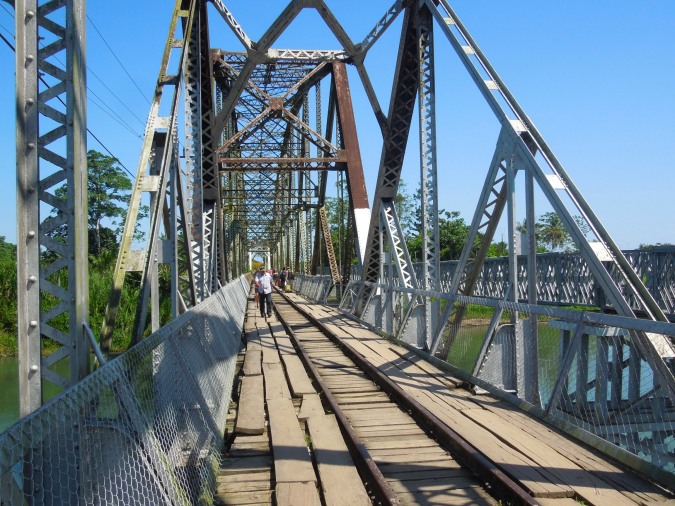
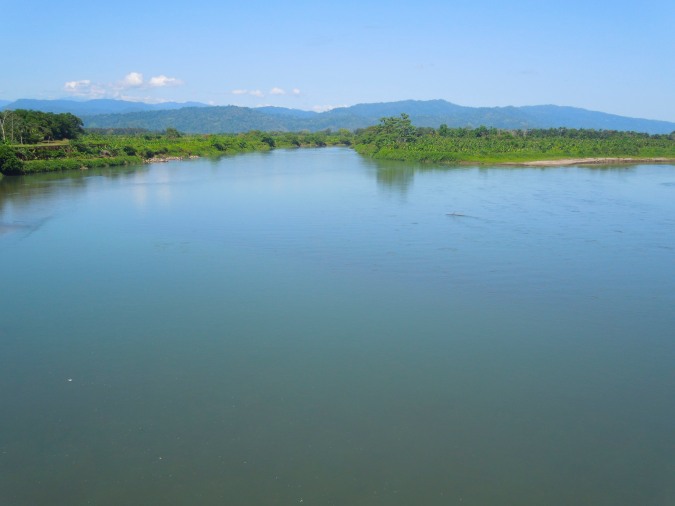
If you’re looking for a relaxed Caribbean village to spend a few days without purpose, Cahuita is the place for you. This is Afro-Caribbean Costa Rica, with wild beaches backed by tropical forest stretching for several kilometres, great snorkelling, a national park full of wildlife and Caribbean cooking to help wile away the time.

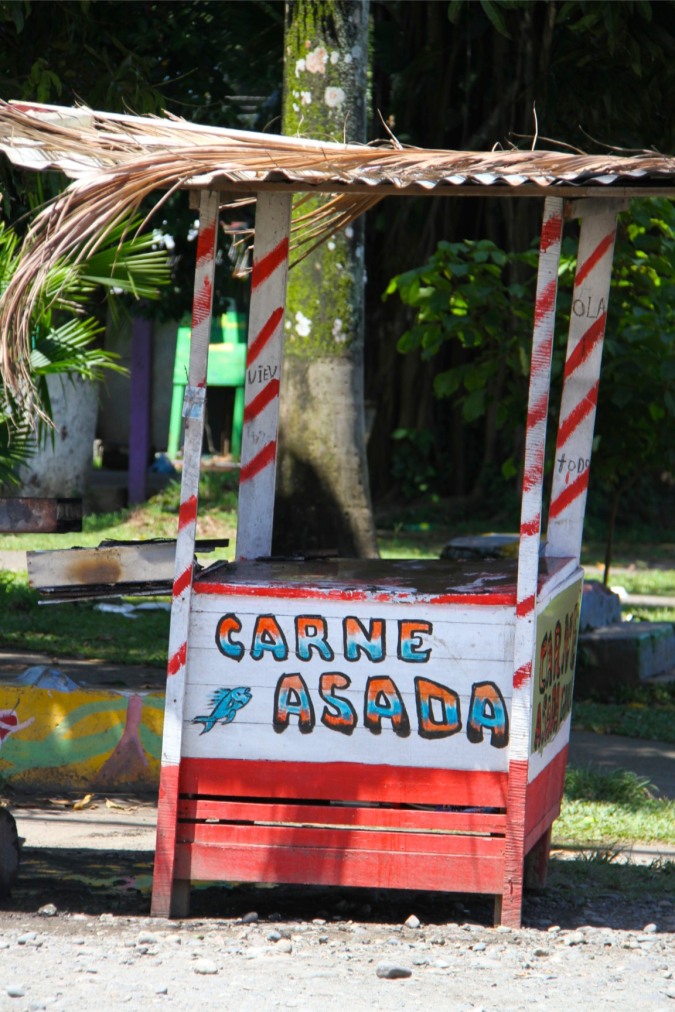
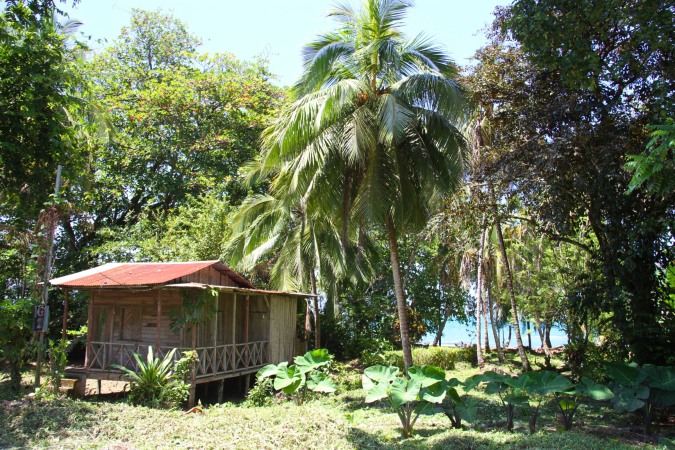
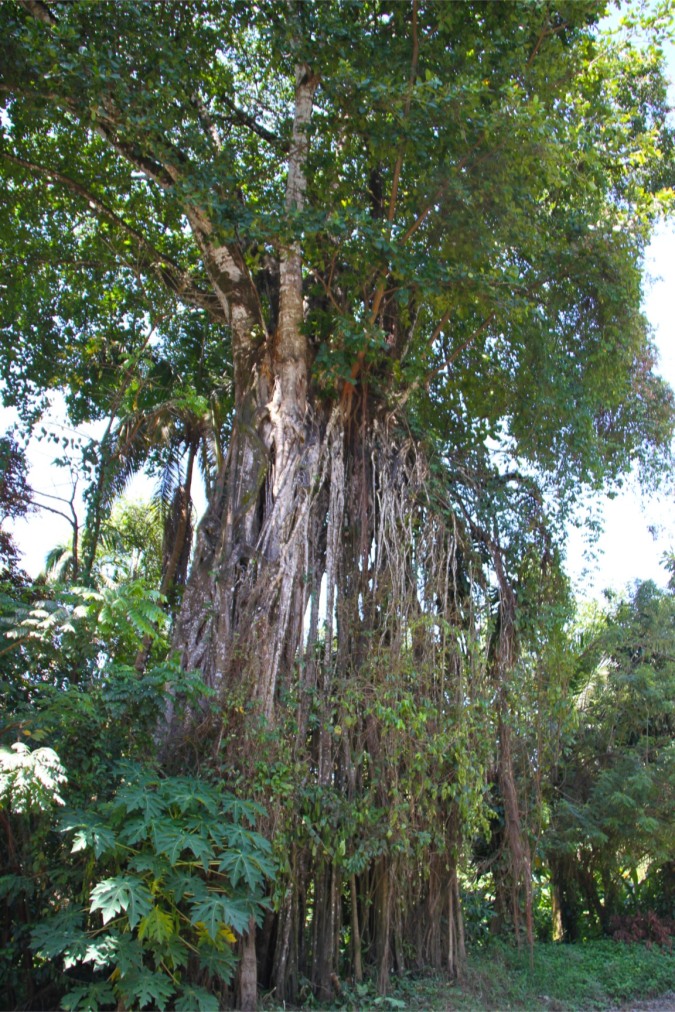
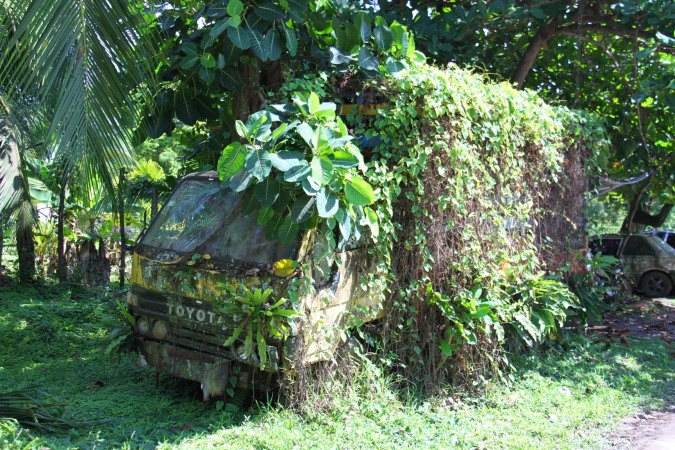
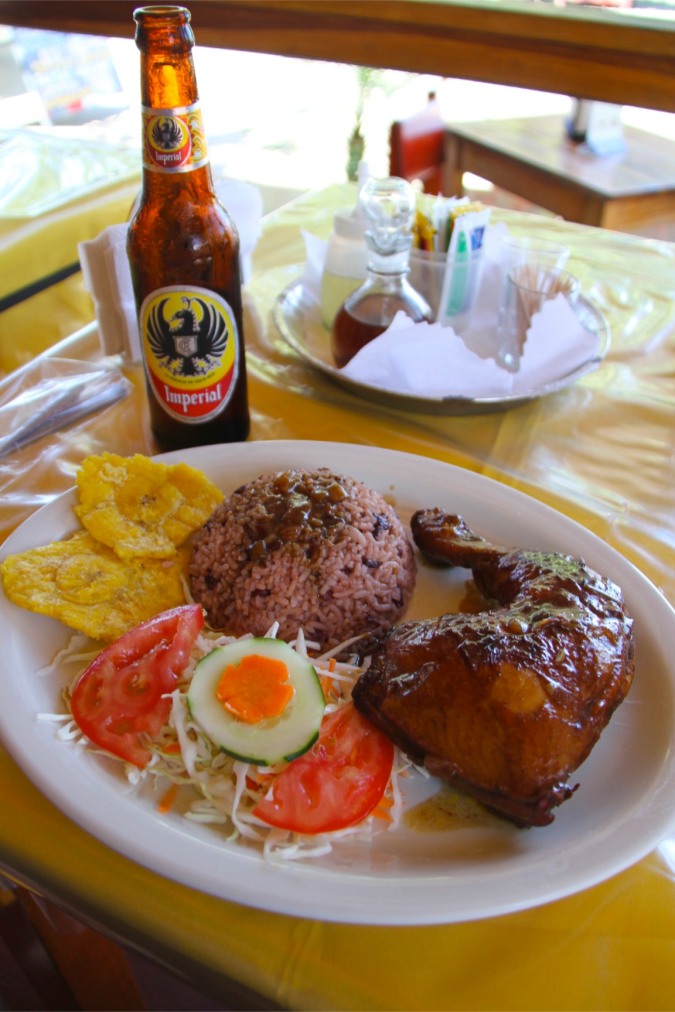
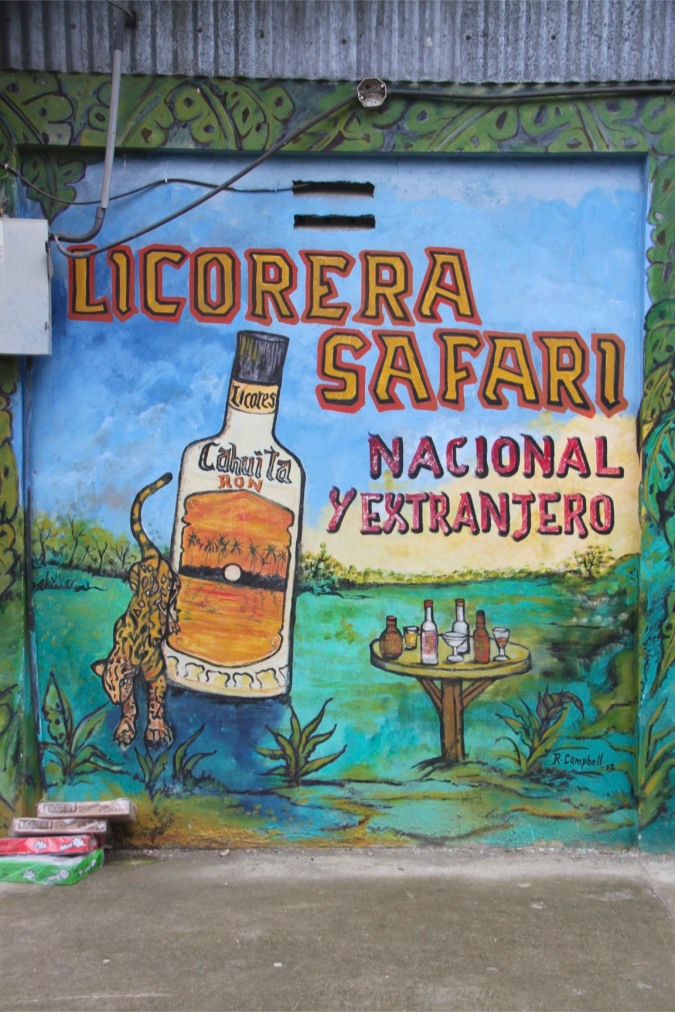
The history of this part of Costa Rica isn’t without controversy. While slavery brought the first Afro-Caribbeans to Costa Rica, much larger numbers, particularly Jamaicans, came to work on the railway and banana plantations operated by the infamous United Fruit (banana plantations still cover the region today). These settlers had few rights, they weren’t allowed to become Costa Rican citizens, yet as outsiders their presence and cultural differences led to racial tensions.
This racism was given legal status by the Costa Rican government who introduced a form of apartheid preventing Afro-Caribbeans from leaving the Caribbean coastal area and settling elsewhere in Costa Rica. This situation ending in 1949, but the Caribbean region has historically been underdeveloped and more deprived than other areas of the country. Today the vast majority of black Costa Ricans still live in the Caribbean region.
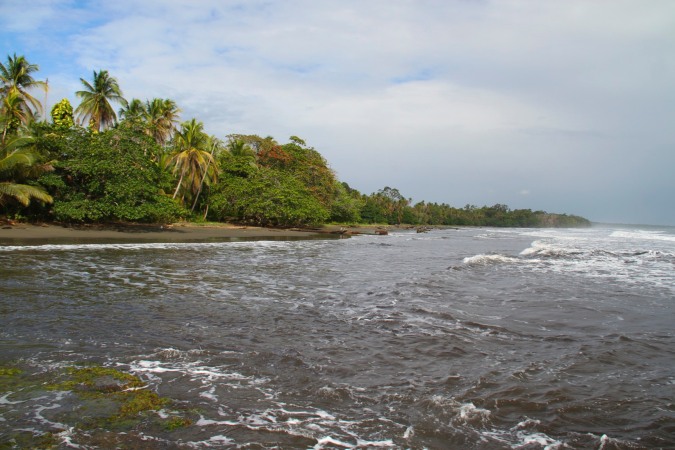
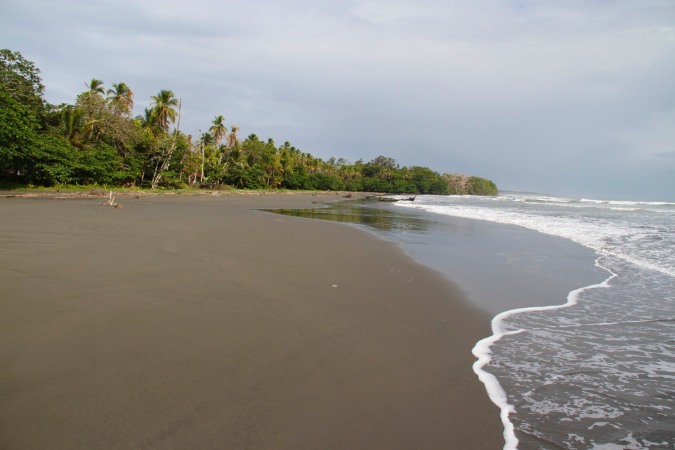
If there is one positive to this discrimination it was that it allowed a strong cultural identity to develop without interference from outside. It is that unique Caribbean culture – the food, the language, religion and the music – that draws tourists to Cahuita today. Well, that and the lovely wild beaches and fascinating wildlife of Parque Nacional Cahuita located at the edge of the village.
The whole feel in Cahuita is relaxed, friendly and peaceful. We stayed in a cabana at the far end of Playa Negra, a wild black-sand beach stretching a couple of kilometres away from the village. Walking along the beach or dirt road day or night we’d be greeted by just about everyone we passed. How long it will be before tourism and development start to change this dynamic is anyone’s guess, but it doesn’t feel like it is going to happen soon.
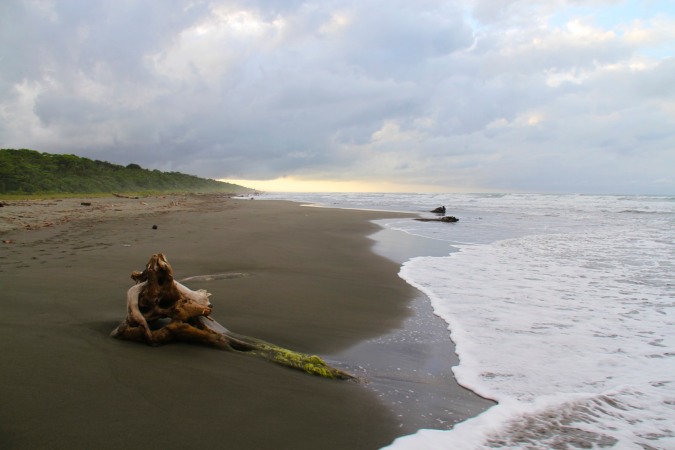
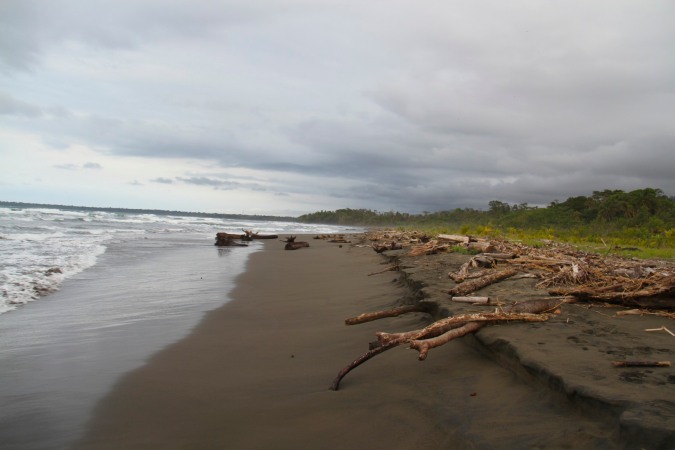

Reblogged this on Oyia Brown.